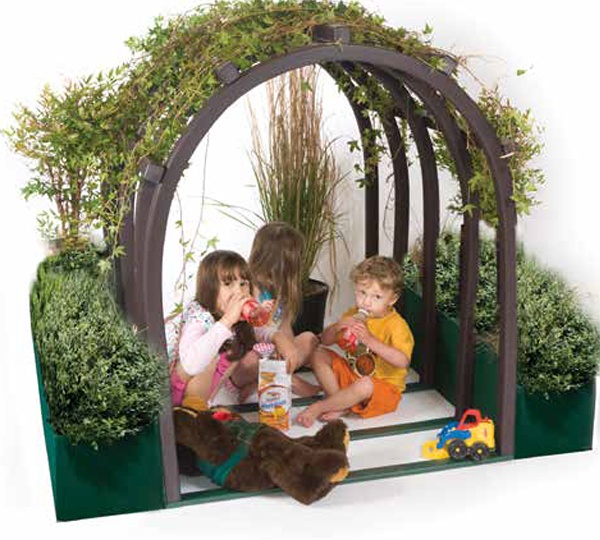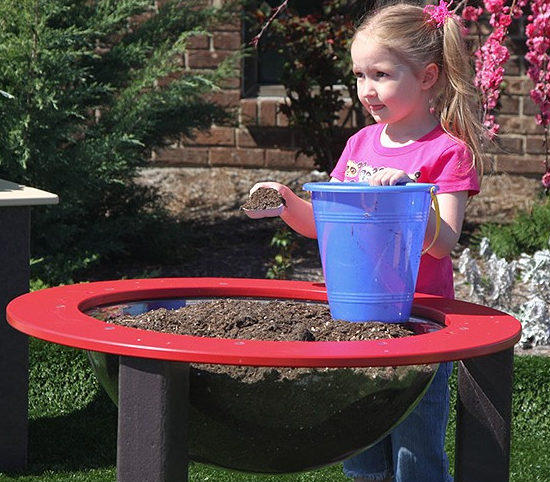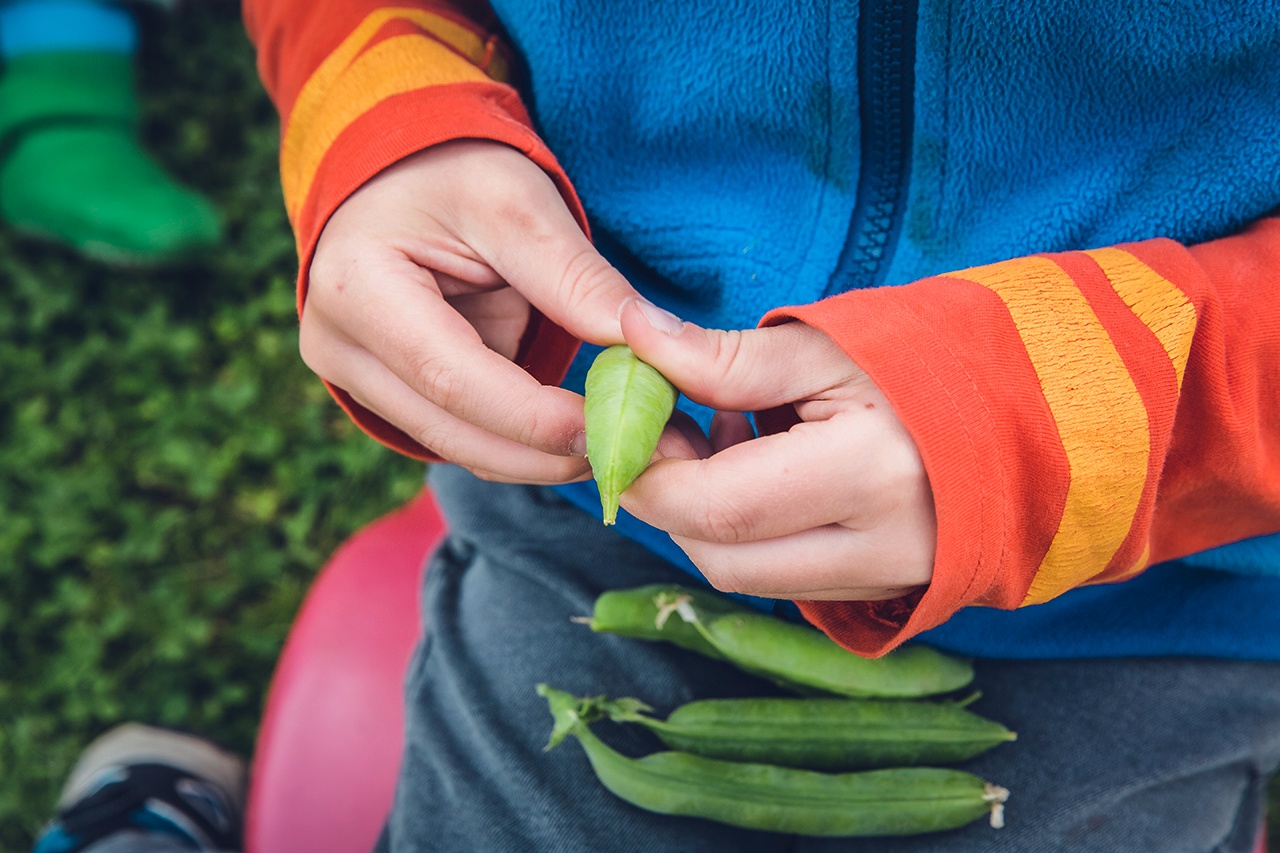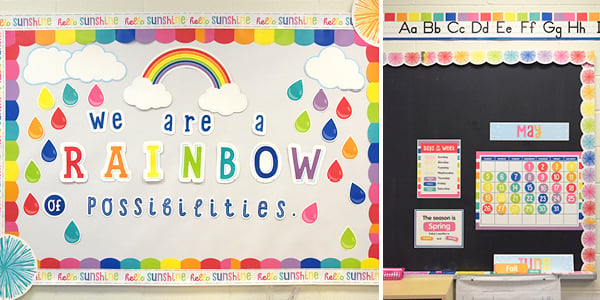Gardening is a great way to introduce students to valuable concepts like cause and effect, the source of the food we eat, and how to take care of living things.
Spring is almost here, so why not start some growing activities inside. In a few weeks, everyone will be excited to head out and plant their seedlings!
1. Start garden journals to track your findings.
Kids will love tracking the progress of the plants they have started from a tiny seed. Encourage them to write down the date the seeds were planted, then measure and take notes on each stage. They can draw pictures alongside their notes, and even include pressed plants with their findings.
2. Create a magical oasis for your outdoor classroom.
The Vine House is the perfect hideout for young children to read, make believe, enjoy quiet time, or watch birds come and go. Surround the archway with planters and plant beans or other climbing plants to create a magical retreat for everyone.

3. Make sponge gardens.
This one can be done indoors! Sow some grass seeds on a moist sponge placed on a plate, and put in a sunny window. Add fertilizer to your water each day, and students will watch grass grow before their eyes!
4. Use microscopes to study plant-life.
Everything is so much more interesting when it is magnified. Teach students about the parts of various flora with a set of pocket microscopes. They will never want to come inside!
.jpg)
5. Share findings with a class Nature Bowl.
A nature bowl is a great place for children to collect their outdoor findings and show their peers what they have discovered. This bowl creates a perfect space for them to gather their collections and have rich tactile experiences - together! No worries about cleaning up or starting over - there is a drain plug in the bottom of the bowl.

6. Make some little egg people!
Students will love caring for their own little egg person on their desk and watching them grow. Clean out egg shells after taking just the top half off, and have students gently draw funny faces on them. Add Wiggly Eyes too! Fill shells with dirt, then plant some grass, pea shoots, or radish seeds inside. Once the seeds grow, children will have fun cutting the egg "hair".
 Photo credit Mama.Papa.Bubba
Photo credit Mama.Papa.Bubba






.png)
